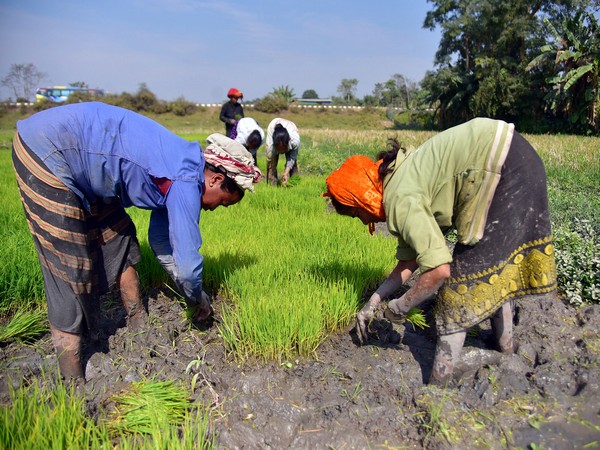India Sees Significant Rise in Kharif Season Crop Area
The kharif season has seen a notable increase in the total sown area, reaching 704 lakh hectares. Paddy, pulses, and oilseeds have shown considerable growth, reflecting shifts in agricultural practices and crop preferences among Indian farmers, according to the latest data from the Ministry of Agriculture & Farmers Welfare.

- Country:
- India
New data from the Ministry of Agriculture & Farmers Welfare reveals a significant increase in the total sown area during the kharif season, now standing at 704 lakh hectares. This marks a rise from the 680.36 lakh hectares recorded last season.
Paddy continues to dominate with the highest sown area at 166.06 lakh hectares, compared to 155.65 lakh hectares last year. This demonstrates the crop's enduring importance in India's agricultural sector.
Pulses have also seen remarkable growth, with the sown area expanding to 85.79 lakh hectares from 70.14 lakh hectares previously. Arhar, a major pulse crop, experienced a notable increase to 33.48 lakh hectares, up from 19.34 lakh hectares, highlighting the emphasis on meeting domestic demand and enhancing food security.
Oilseed cultivation has risen to 163.11 lakh hectares from 150.91 lakh hectares, with groundnut areas increasing despite a decline in soybean cultivation.
Sugarcane's sown area remains stable at 57.68 lakh hectares, reflecting consistent demand and production. In contrast, the cotton sector saw a reduction in sown area, down to 102.05 lakh hectares from 105.66 lakh hectares last year.
Overall, the Ministry's data underscores key trends and shifts in agricultural practices and crop choices among farmers during the kharif season, as of July 19, 2024.
(With inputs from agencies.)










